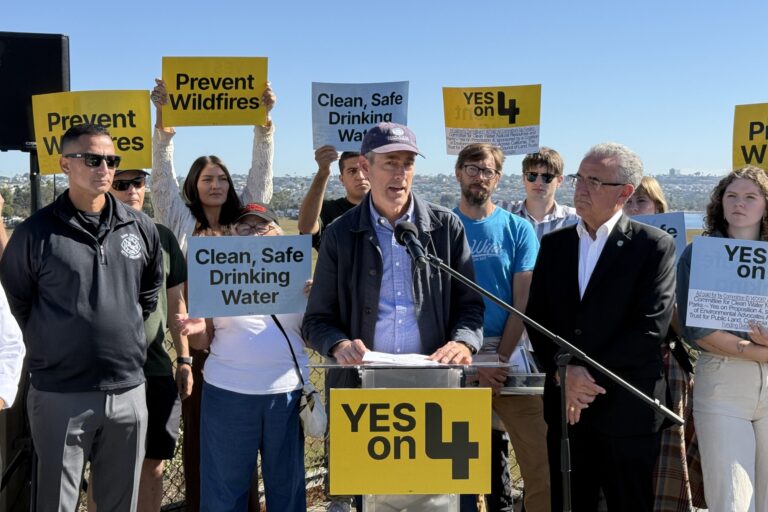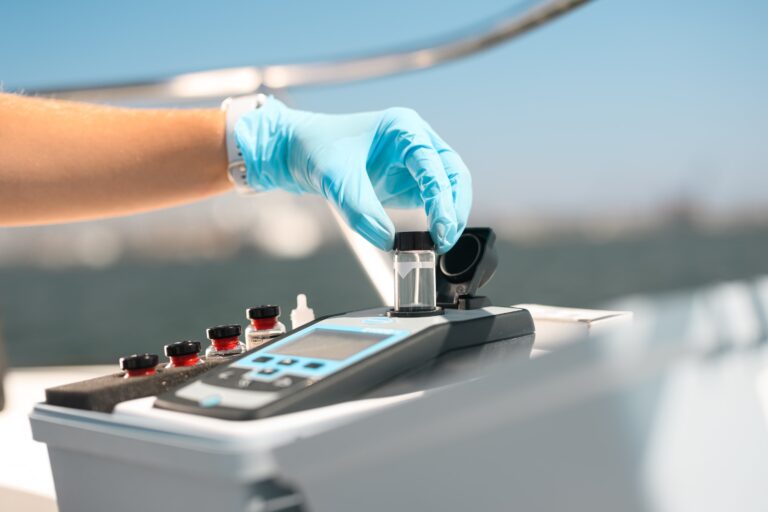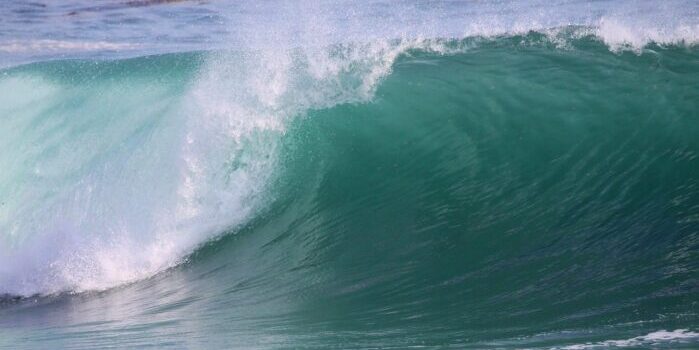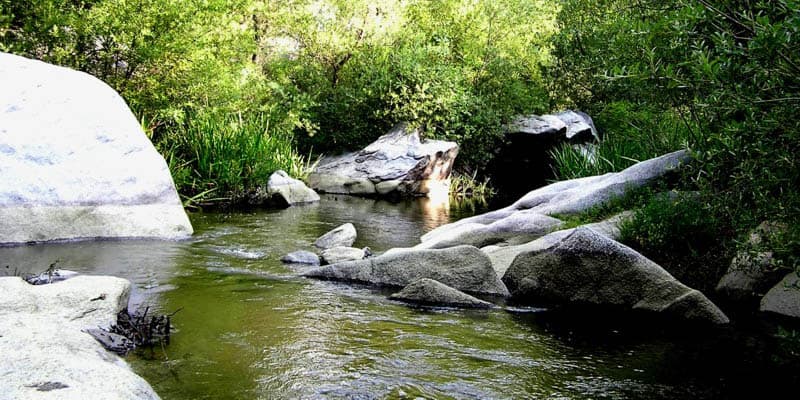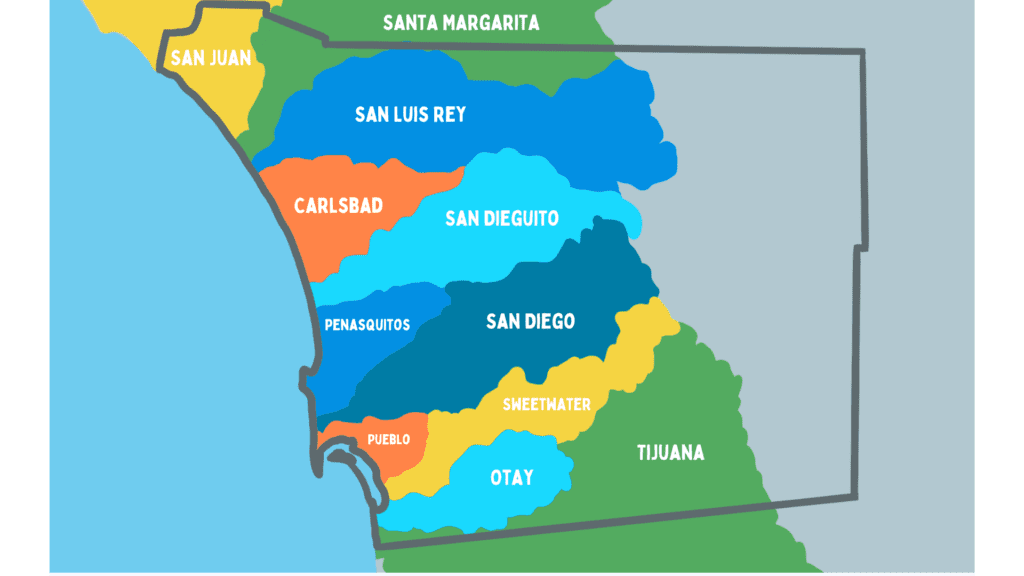- About

 Our Accomplishments
Our AccomplishmentsDiscover our successes in safeguarding San Diego's waterways. From clean water initiatives to marine conservation efforts, see how we make a difference.

 Employment Opportunities
Employment OpportunitiesSan Diego Coastkeeper periodically seeks to add talented individuals to our passionate team of educators, advocates, scientists, outreach specialists, and non-profit professionals.
- Our Work
- Issues
- News
Legal Insights from Yosemite: Key Takeaways for All
November 18, 2025Nesting Seabirds Disappear from Mission Bay
October 21, 2025 - Take Action





